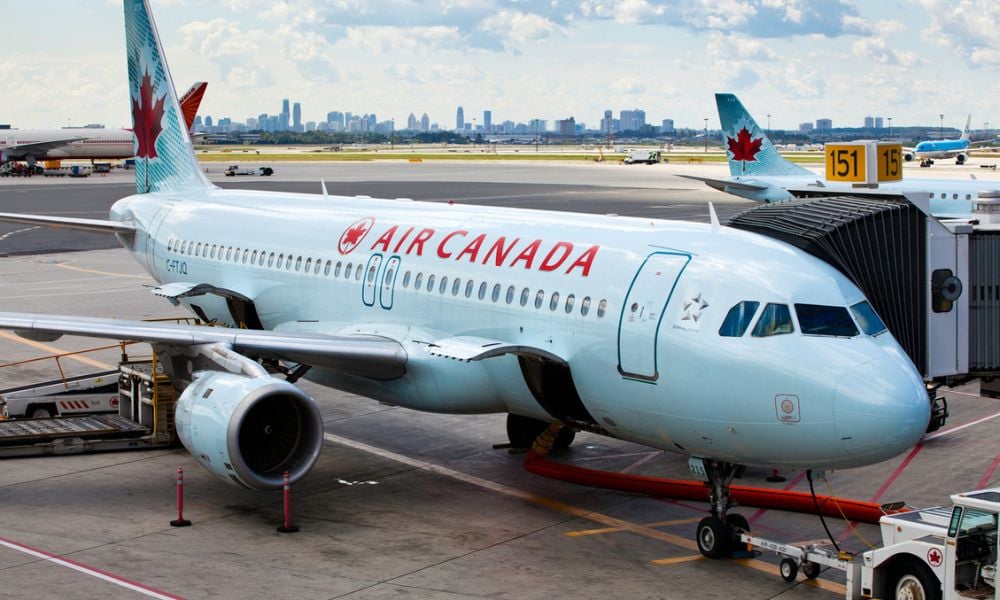Border officers concerned with fumigants in shipping containers but safety procedures sufficient: Tribunal
The Canada Occupational Health and Safety Tribunal has dismissed an appeal by two border services officers who refused to work because they perceived a potential danger from chemical exposure in warehouses where they inspected imported goods.




